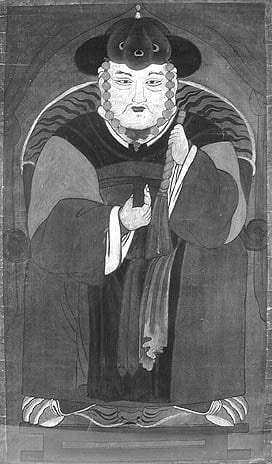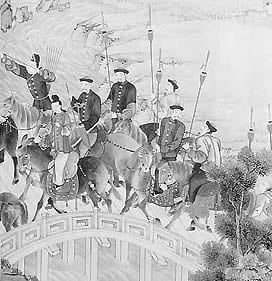The Arts of Korea from the Pacific Asia Museum Collection
February 28 – September 20, 2003
The year 2003 marks the centenary of Korean immigration to the United States. To commemorate this important year, Pacific Asia Museum is presenting a small exhibit of its finest Korean art objects, many of which have been acquired recently and are being displayed for the first time.
Korea has a rich artistic heritage in many media, including painting, sculpture, ceramics and metalwork, some of which bear the influence of Chinese or Siberian artistic traditions, while others demonstrate uniquely Korean artistic styles and techniques. This exhibition includes a variety of objects, ranging from ancient unglazed tomb ceramics from the Silla Kingdom (57BC-668AD) to the refined celadon-glazed stoneware ceramics of the Koryo period (918-1392AD). Fine examples of metalwork and stone sculpture, including bronze mirrors and hairpins used by noblewomen of the Koryo period, and Buddhist bronze and stone sculptures used in temples and homes, are also included.
Highlights of this exhibition will be three Korean paintings never before shown at the Museum. Of great interest is a pair of screens dating to the 19th century and depicting a hunting scene in a Korean landscape. The image that extends across these two screens depicts many aspects of traditional Korean daily life, dress, and architecture, and is representative of the secular painting traditions of the Choson period (1392-1910). Also on display is a powerful painting of a Buddhist holy man and a mudang (shaman) painting belonging to a longstanding indigenous shamanistic tradition that still plays an important role in Korean spiritual life.

